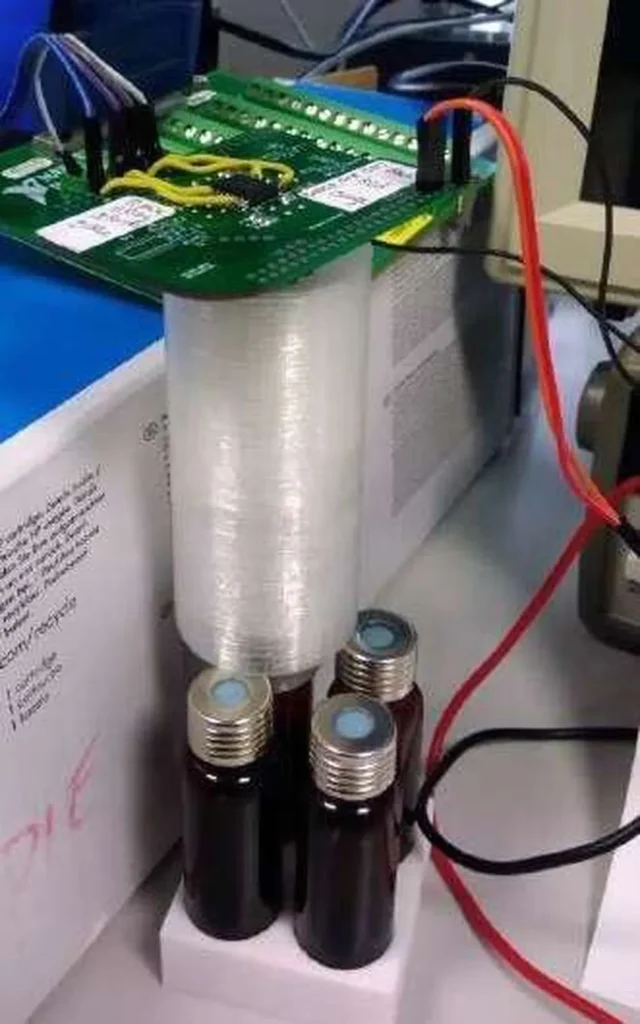In the world of viticulture, maintaining the quality of Cabernet Sauvignon grapes post-harvest is a delicate dance, one that has long relied on the subjective noses of expert tasters. But what if technology could offer a more objective, scalable solution? Enter the electronic nose (e-nose), a tool that’s revolutionizing quality monitoring in the wine industry.
A recent study led by Quansheng Dou, a researcher from the College of Computer Science and Technology at Shandong Technology and Business University and the School of Computer Science and Technology at Kashi University, has demonstrated the power of e-nose technology in monitoring the post-harvest quality of Cabernet Sauvignon grapes. The research, published in the *Journal of Agriculture and Food Research* (translated as *Journal of Agriculture and Food Research*), offers a glimpse into a future where technology and agriculture intersect to drive efficiency and quality.
The study’s innovation lies in its customized sensor array, designed to capture unique volatile organic compound (VOC) signatures emitted by grapes at different quality stages. “We developed a sensor array made up of eight specialized sensors,” Dou explains. “This array is tailored to capture the distinctive aromatic profile of Cabernet Sauvignon grapes, providing a more accurate and objective assessment of their quality.”
The data collected from the e-nose was then analyzed using Principal Component Analysis (PCA) to reduce data volume while preserving variance, streamlining downstream analyses. Clustering analysis was performed on the processed data, with its validity confirmed by Rand Index and Fowlkes–Mallows Index, both exceeding empirically established reliability thresholds.
The patterns identified by clustering were used to construct a VOC prediction model, achieving an overall accuracy of 95.83%. This model not only identifies but also predicts VOC patterns, offering a proactive approach to quality control.
Perhaps the most compelling aspect of this research is its potential to provide early warnings of quality state transitions. “The early warning rules defined by clustering outcomes triggered 100% successful alerts prior to observable quality state transitions,” Dou notes. This early warning capability provides actionable intervention windows before irreversible deterioration, a game-changer for the industry.
The implications of this research extend beyond the vineyards. In an era where food quality and safety are paramount, the ability to objectively and accurately monitor quality can drive commercial impacts across the agricultural supply chain. From reducing waste to enhancing product consistency, the potential benefits are substantial.
As we look to the future, the integration of technology like e-nose into agricultural practices could redefine quality control. “This work advances Cabernet Sauvignon grapes post-harvest quality monitoring and offers broader implications for quality control in perishable agricultural supply chains,” Dou concludes.
In a world where technology is increasingly intertwined with every aspect of our lives, it’s perhaps no surprise that it’s also playing a pivotal role in the fields and vineyards that feed and nourish us. The marriage of agriculture and technology is not just a trend; it’s a revolution, one that’s reshaping the way we grow, monitor, and enjoy our food and drink. And in the case of Cabernet Sauvignon grapes, it’s a revolution that’s making every sip that much more enjoyable.

